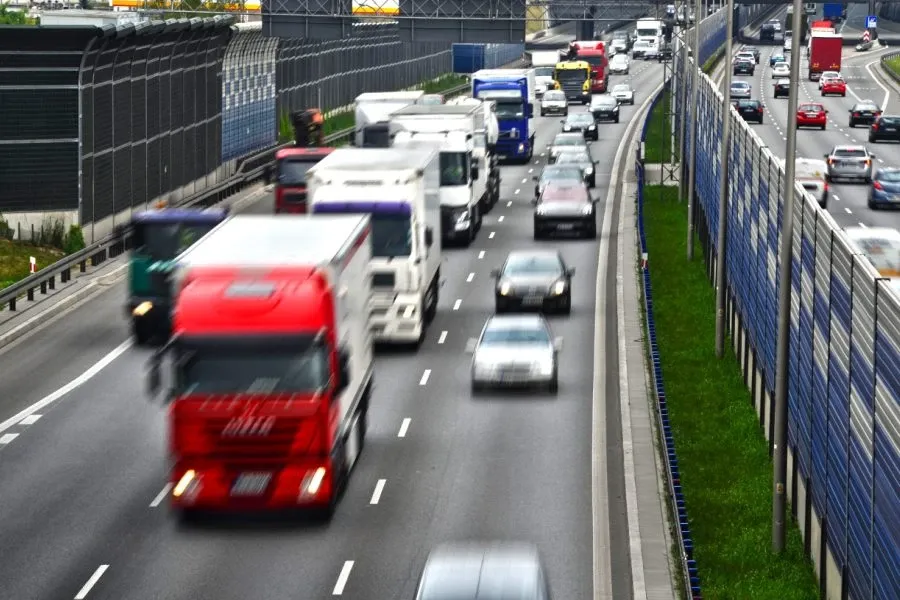Samsung Unveils Its First Multi-Fold Smartphone
Samsung unveiled Galaxy Z TriFold, its first smartphone to fold in multiple places.

Daimler will start selling a heavy-duty truck in the U.S. this year that’s able to brake, accelerate and steer at all speeds on its own, according to Bloomberg. This will coincide with the planned launch of electric-car leader Tesla’s Semi truck, which will stoke competition at a time when demand in North America is forecast to soften.
Taking the next step toward more automation could help freight haulers manage the strain of rising deliveries from online shopping amid a persistent shortage of drivers. But investments required to overcome technical hurdles are substantial.
The updated Freightliner Cascadia, which also will have lane-keeping assistance, fuses information from radar and cameras to enable partially autonomous technology, Daimler said at the CES in Las Vegas. To maintain its lead over the likes of Volvo and Paccar, the manufacturer said it plans to offer within a decade highly-automated vehicles, which don’t need drivers, on some routes. These trucks will improve safety and boost the performance of logistics, Daimler truck chief Martin Daum told reporters.
Success in North America is vital for Daimler’s commercial-vehicles unit to expand sales and profits after global deliveries topped 500,000 last year, the highest in a decade. Demand in the region is expected to moderate somewhat during the second half of this year, Roger Nielsen, the division’s North America head, said in Las Vegas. The parent of luxury-car maker Mercedes-Benz is currently working through its biggest corporate overhaul in a decade to give individual units more independence.
Daimler’s truck division is investing 500 million euros over the next few years in autonomous technology and is adding 200 jobs for the project, mainly in the U.S. Daum said he doesn’t see a business case for so-called platooning any more, where two or more trucks are digitally coupled behind one another at a short distance to save fuel. This marks a change in strategy after the company worked on this technology for years.